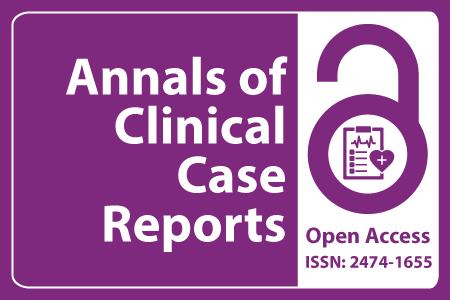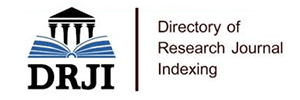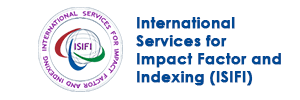
Journal Basic Info
- Impact Factor: 1.809**
- H-Index: 6
- ISSN: 2474-1655
- DOI: 10.25107/2474-1655
Major Scope
- Renal Disease
- Orthopedics & Rheumatology
- Inflammation
- Vascular Medicine
- Sports Medicine
- Neurology
- Dentistry and Oral Biology
- Transplantation Medicine
Abstract
Citation: Ann Clin Case Rep. 2023;8(1):2445.DOI: 10.25107/2474-1655.2445
The Predictive Role of Blood Routine Test-Based Biomarkers in Patients with Osteoporosis
Chen L1, Wu Q1, Lv X-L1, Tong Q1, Xu F2* and Wang GF1#
1Zhejiang Hospital, China
2Department of Geriatrics, Dongxiang Hospital of Traditional Chinese Medicine, China
#These authors contributed equally to this work
PDF Full Text Research Article | Open Access
Abstract:
Aim: Osteoporosis (OP) is a bone metabolism disease involving immune dysfunction and chronic inflammation. Blood Routine Test (BRT) is easily available and contains abundant information on immune and inflammation. Thus, it is attractive to predict diagnosis of OP based on the biomarkers from BRT. Methods: It was a retrospective study. Bone Mineral Density (BMD) at lumbar spines and Total Hip (TH) were measured using Dual-Energy X-ray Absorptiometry (DEXA). BRT parameters were recorded. Then, Neutrophil-to-Lymphocyte Ratio (NLR), Platelet-to-Lymphocyte Ratio (PLR), Lymphocyte-to-Monocyte Ratio (LMR) and Systemic Immune-Inflammation Index (SII) were calculated, respectively. Correlation analysis was performed using Spearman correlation test. Significant variables in the correlation test (p<0.05) were tested by a multinomial logistic regressions analysis to identify independent factors predicting OP. Finally, areas under the Receiver Operating Characteristic (ROC) curves were taken to determine the diagnostic value of BRT indexes. Results: A total of 1,366 participants were enrolled. Subjects with OP were more female, and had lower Body Mass Index (BMI) and older age. Spearman correlation test showed that gender, BMI, hemoglobin, Red Blood Cell (RBC), lymphocyte, NLR, PLR, LMR and SII were significantly related with BMD both at L1-L4 and TH. Multinomial logistic regressions analysis further demonstrated that, after adjustment for gender, age and BMI, hemoglobin, RBC and lymphocyte were independent risk factors for OP. Finally, Areas Under the Curves (AUC) of lymphocyte was higher than those of hemoglobin and RBC. Conclusion: Lymphocyte, hemoglobin and RBC count might act as predictors for OP diagnosis, which deserves further investigation and application.
Keywords:
Osteoporosis; Lymphocyte; Hemoglobin; Red blood cell; Neutrophil-to-lymphocyte ratio; Systemic immune-inflammation index
Cite the Article:
Chen L, Wu Q, Lv X-L, Tong Q, Xu F, Wang GF. The Predictive Role of Blood Routine Test-Based Biomarkers in Patients with Osteoporosis. Ann Clin Case Rep. 2023; 8: 2445..













